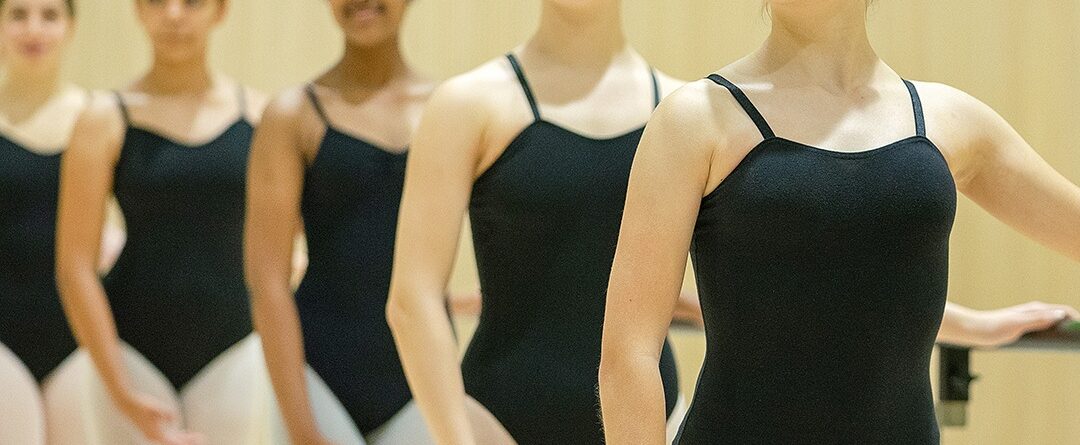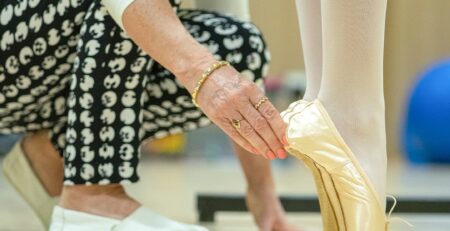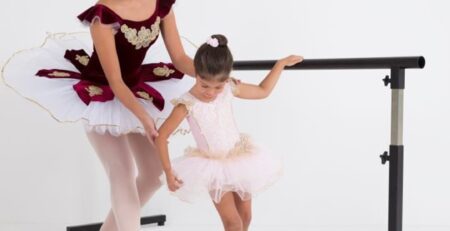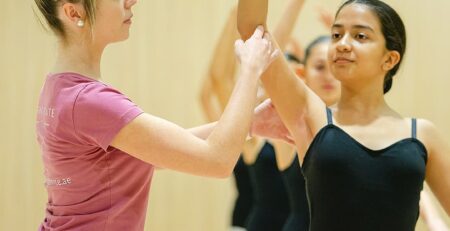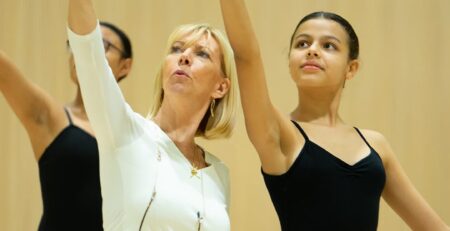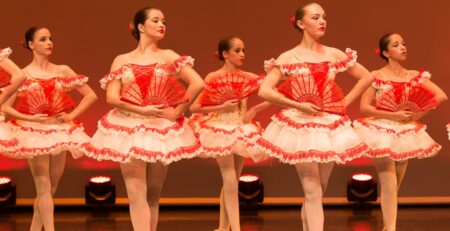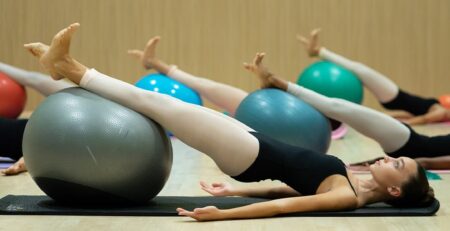The Importance of Dance in Education: A Dancer’s Home
The world of dance offers students an opportunity to explore movement and expression beyond the limitations of traditional education. It’s like a symphony waiting to be discovered. The importance of dance in education cannot be underestimated, as it offers many benefits to both the mind and body. In this engaging blog, let’s walk through the significance of integrating dance into the learning journey and how a dance studio is the ultimate platform to foster this artistic flair.
Benefits and Importance of Dance in Education
Building Confidence
Dance plays a pivotal role in building confidence. Mastering dance steps can be challenging, but when students succeed, it boosts their confidence. They learn that with dedication, they can achieve anything.
Social Skills Enhancement
Dancing is a social activity. Whether in a group or with a partner, it teaches students the value of teamwork and communication. These social skills are invaluable as they help foster relationships and understand diverse perspectives.
The Brain Booster
Studies have revealed that engaging in dance makes you smarter. How? Well, dance is not just about moving your body; it requires memory, attention, and quick thinking. These elements are similar to solving a puzzle, which is why dancing sharpens the brain.
Creativity Unleashed
The importance of dance for students is clearly seen in its ability to enhance creativity. By allowing students to express themselves without words, dance fosters imagination. This creativity spills over into other academic subjects, encouraging innovative thinking.
Emotional Development
Beyond the physical and cognitive benefits, the importance of dance in education also lies in its capacity to foster emotional growth. Dance, like all forms of art, is a medium of self-expression. Students, through dance, can explore, understand, and express their emotions in a safe environment. It helps them to develop empathy as they learn to interpret and respond to the feelings expressed by their peers through dance.
Building Resilience
Dance, in its nature, comes with its share of challenges – mastering a complicated step, synchronising with the rhythm, or performing in front of an audience. Overcoming these hurdles instils a sense of resilience in students. They learn to tackle difficulties head-on and not to retreat at the sight of challenges.
Cultural Exposure
Dance opens up a world of rich cultural experiences. Whether contemporary, ballet, Flamenco, African dance, or classical Indian Bharatanatyam, each dance form narrates a unique cultural story. By learning these different styles, students gain a global perspective, fostering inclusivity and respect for diversity.
Sense of Belonging
In an educational setting, only some students thrive in the conventional academic realm. Some find footing in the arts, sports, or other extracurricular activities. Dance, in particular, can be a sanctuary for students who feel out of place elsewhere. Through dance, students can find a community, a sense of belonging, and a space to shine truly.
Discipline
While dance is undeniably fun and refreshing, it also demands discipline and dedication. The rigorous practice schedules, the need for precision and coordination, and the emphasis on technique teach students the importance of discipline. This acquired discipline extends beyond the dance floor, influencing their approach to academics and other areas of life.
Life Skills
Dance, especially when introduced at an early age, helps children develop essential life skills. These include time management (balancing school, dance classes, and leisure), leadership (leading a group performance), and problem-solving (devising ways to perfect a routine or to ensure synchronisation in group dances). These skills, honed over time, equip students for future challenges.
Personality Development
Dance offers students an avenue to explore and express their individuality. It encourages them to be comfortable with their identity and allows their personalities to shine. Furthermore, stage experiences and performances can significantly enhance students’ self-esteem and self-worth, positively contributing to their personality development.
Dance as an Icebreaker in Education
Imagine a new student joining a school mid-term. It can be intimidating, and making new friends can seem daunting. Dance provides a solution here. By participating in dance activities, students interact, cooperate, and before they know it, they form friendships. This unique aspect accentuates the importance of dance as it serves as an icebreaker and helps foster a welcoming environment.
Path to Mind-Body Connection
Dance is one of the few activities that creates a strong mind-body connection. It demands a focus and bodily awareness that few other activities require. This mind-body connection can have profound effects, helping students understand their bodies better, develop better body confidence and increase overall self-awareness.
Motivational Power
The process of learning dance, seeing oneself improve, and then performing in front of an audience can serve as a powerful motivator for students. This experience can inspire students to set goals, work diligently towards them, and reap the rewards of their hard work.
Adaptability
Each dance style comes with its own set of unique steps and movements. As students learn different dance forms, they adapt quickly to new styles and routines. This adaptability is a key skill in our rapidly changing world, and dance can be a fun and effective way to develop this trait.
The Role of Dance Studios in Education
Dance studios are more than just spaces with mirrors and barres. They are instrumental in bridging the gap between art and education. These studios offer structured programmes that are in sync with educational goals. Furthermore, they often have qualified instructors adept at nurturing dance’s technical and creative aspects. Students are given room to explore and experiment within a safe and supportive environment. Here, students learn the value of perseverance, teamwork, and dedication. It is also an avenue for socialisation, where students forge friendships based on shared passions.
Turning Pointe Dance Studio
Stepping into a dance studio is like stepping into a different world. It offers a structured environment that allows for the effective learning of dance. If you are looking for a dance studio in Dubai or Abu Dhabi, Turning Pointe is an excellent choice. Aspiring dancers at Turning Pointe not only receive quality dance education but also have access to a supportive and vibrant community of like-minded individuals. This studio is ideal for children and adults to pursue their artistic goals and improve their dancing skills.
Conclusion
The importance of dance in education is significant. It offers many benefits, such as improved brain function, increased confidence, and comprehensive growth in academics, emotions, social skills, and physical health. It can transform learning into a joyful and creative experience that fosters growth. Therefore, it is vital to integrate dance into education to ensure students receive all the advantages it has to offer.


